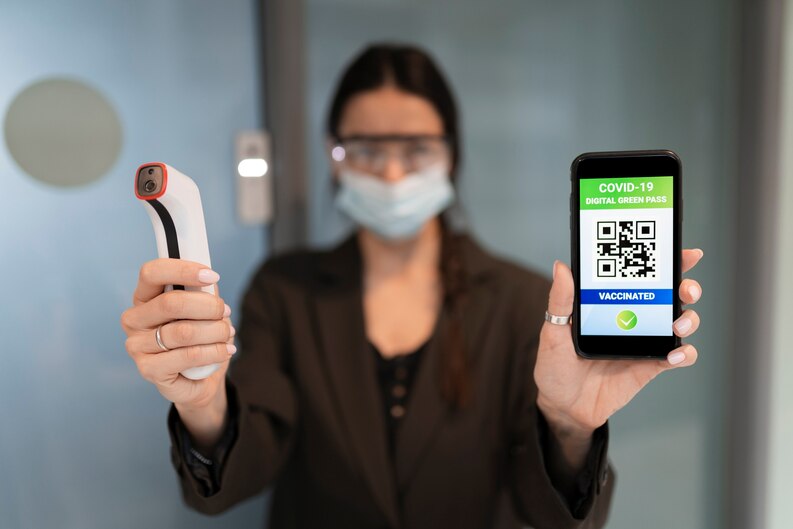As concerns about impaired driving and alcohol-related accidents continue to rise, technology has come to the forefront to offer solutions that could drastically improve safety on the roads. One such solution is the alcohol sensor, a device designed to detect the presence of alcohol in the air or on surfaces. Alcohol sensors are increasingly becoming an essential component in various industries, particularly in vehicle safety systems, personal health monitoring, and law enforcement. In this blog post, we will dive into the importance of alcohol sensors, how they work, and their wide-ranging applications in modern society.
About Alcohol Sensor
An alcohol sensor is a device used to detect the presence of alcohol in the environment, most commonly in breath or blood. These sensors operate based on different technologies, including fuel cell, semiconductor oxide, and infrared sensors. The most commonly known alcohol sensors are those used in breathalyzers, which provide real-time readings of blood alcohol concentration (BAC) levels.
Alcohol sensors work by detecting the chemical composition of alcohol vapors that are exhaled when a person breathes out. When alcohol is present in the breath, the sensor detects the change in chemical composition and provides an accurate measurement of BAC. This technology plays a crucial role in preventing impaired driving and ensuring that individuals do not drive under the influence.
Alcohol Sensor Applications
Alcohol sensors have found applications across various sectors, most notably in public safety, automotive industries, and healthcare. Some key applications include:
- Breathalyzers: Widely used by law enforcement officers to test drivers for alcohol consumption, helping to prevent drunk driving.
- Vehicle Safety Systems: Alcohol sensors are integrated into vehicles to prevent ignition or alert drivers when alcohol levels are detected above a certain threshold.
- Workplace Monitoring: In industries with strict alcohol consumption policies, alcohol sensors help maintain safety by ensuring that employees are not under the influence while on the job.
- Medical Devices: Alcohol sensors are used in medical diagnostics to monitor alcohol levels in patients, particularly in addiction treatment programs.
- Personal Use: Some individuals use alcohol sensors to track their own alcohol consumption, helping them stay within safe drinking limits.
The versatility of alcohol sensors makes them valuable in numerous contexts, from law enforcement to health monitoring.
Alcohol Detection and Vehicle Control
One of the most promising applications of alcohol sensors is in the automotive industry. Alcohol detection systems are increasingly being integrated into vehicles as part of broader efforts to improve road safety and reduce alcohol-related accidents.
These systems use sensors to detect alcohol levels in the driver’s breath. If alcohol is detected above a predefined limit, the vehicle may not start or could prevent the driver from operating it. Additionally, alcohol sensors can trigger alarms or send real-time data to fleet operators to monitor driver behavior. Some advanced systems also integrate with other vehicle control features, such as ignition interlocks or automatic emergency braking, to provide an added layer of security.
By proactively addressing impaired driving, alcohol detection systems can prevent accidents before they happen. This integration of alcohol sensors into vehicle control systems marks a significant step forward in automotive safety, helping to ensure that only sober drivers are on the road.
Analog Alcohol Sensor
An analog alcohol sensor is a type of sensor that uses electrical signals to measure the presence of alcohol. Unlike digital sensors, which provide binary outputs (e.g., either “alcohol detected” or “no alcohol detected”), analog sensors provide a continuous output proportional to the alcohol concentration in the air.
The analog sensor works by measuring the change in resistance or current as alcohol vapors interact with the sensor material. These sensors are often used in applications where precise measurements are needed. For instance, they are ideal for vehicle safety systems, where a gradual increase in alcohol levels needs to trigger a corresponding change in vehicle behavior.
Analog alcohol sensors are known for their high sensitivity and accuracy, making them an excellent choice for applications that require real-time, continuous monitoring of alcohol levels. These sensors also tend to be more affordable and compact compared to their digital counterparts, making them an attractive option for widespread use.
Conclusion
Alcohol sensors are becoming increasingly important in safeguarding public health and safety. From their use in breathalyzers and workplace monitoring to their integration in advanced vehicle safety systems, these sensors play a crucial role in detecting alcohol and preventing dangerous situations. At Alcohunt, we are committed to improving road safety through our innovative alcohol detection system, which integrates seamlessly into vehicles. Just like alcohol sensors, our product is designed to detect the presence of alcohol and prevent impaired driving, ensuring safer roads for all. By using advanced sensor technology, Alcohunt is contributing to a future where impaired driving is a thing of the past.

